The 21st century is a century of changes & transitions. Within the first half of the century, people began to urbanize, modernize, and join the digital era. These changes have two sides, like a coin. Unfortunately, the overuse of existing resources is affecting the weight of the negative side of the coin, which is increasing rapidly. These advances have had a significant influence not just on humans but also on the environment.
With the increase in the population of India, it not just acquired the rank of a highly populated country but also a country with decaying environmental health. Air pollution, water pollution, waste management concerns, and urbanization are major environmental challenges in India.
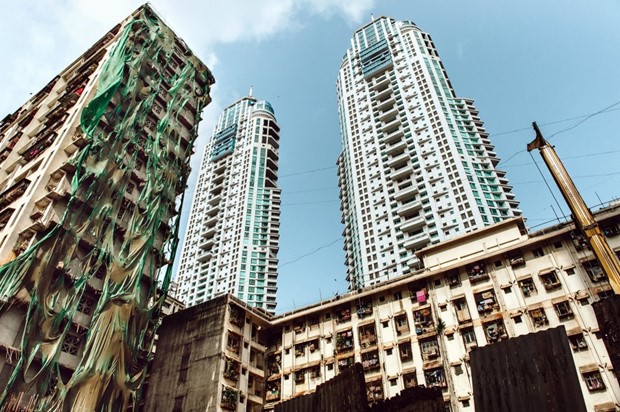
Urbanization includes housing/construction, transportation, water supply, food, waste management, sewage treatment, energy, and infrastructure. One part of urbanization which heavily impacts the environment is the construction industry.
As mentioned, with an increase in the number of people, the demand for housing, as well as buildings for corporations, has doubled. Within Mumbai itself, more than 15,000 societies are under redevelopment.
This data is dominated by the suburbs of Mumbai. As a person residing in this area, one day I decided to stroll around Kandivali-west to take note of the number of buildings taken down for redevelopment. 10 minutes into my walk, I had already seen 11 buildings under construction, and by the end, the list went up to 178 buildings.
Construction has a deep impact on the environment, the sector itself is responsible for 23% of air pollution, 40% of water pollution, specifically drinking water, 50% of landfill waste, as well as 39% of carbon gas emissions. The impact is majorly on the environment, biodiversity, and humans.
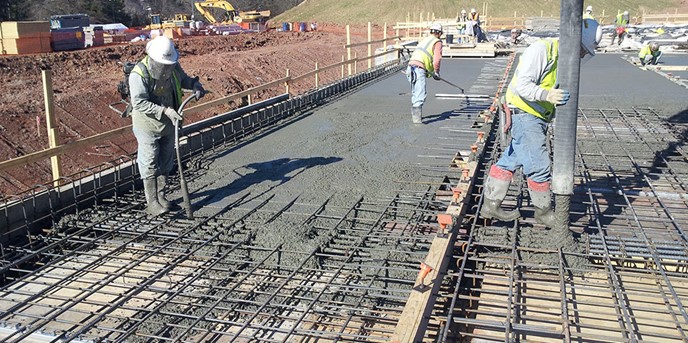
How does it contribute to the environmental crisis in India?
1. Gas Emission:
The construction sector causes 40% of total carbon emissions in the world. Emissions of gasses like carbon monoxide, carbon dioxide, and carbon particulates are observed. Carbon can retain heat from the atmosphere, preventing it from escaping to the earth’s surface. Scientists have demonstrated during the last century that this has resulted in global warming, increasing the chance of droughts, extreme weather patterns, and other concerns. This has led to an increase in heat waves which were observed in Mumbai last year in March when the city crossed its maximum temperature of 37 degrees celsius to 39.6 degrees Celsius. The American National Oceanic and Atmospheric Administration (NOAA) predicts that by 2040, 60 percent of Mumbai’s year would consist of “high heat days.”
The construction sites are also responsible for the emission of sulphur dioxide which has a negative impact on the respiratory system and can also lead to eye irritation. Excess of nitrogen leads to depletion of the ozone layer, and cancer and affects the soil quality. In India, 6-7% of total nitrogen emissions can be blamed on construction.
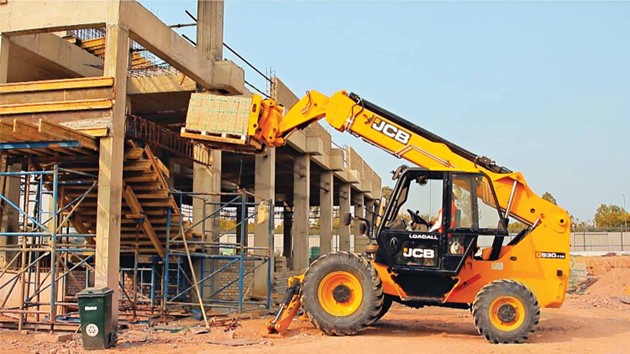
2. Contamination
The products used for the creation of buildings include diesel, oil, cement glues, and other toxic chemicals which soak in the ground either through drains that let out the waste or directly on the soil at the construction site. This not only contaminates water but also the elements present in the ground harming the life of the plantation/vegetation.
Groundwater is a major source of drinking water in India and Mumbai. One thing about groundwater is that it is hard to treat it once contaminated. These chemicals impacting groundwater can cause harm to both animals and humans as they may end up consuming it. Petroleum products used for machinery can cause irreversible changes in the soil where it loses its capacity to absorb or retain moisture.
3. Biodiversity
Remember the Array Forest protest? Similarly, a lot of mini forests and areas with vegetation have been cut up to construct buildings and residences. For example, the Chikuwadi area in Borivali-west was known for its dense vegetation, but in the last few decades, the area is now fully covered with towers and its lake is now turned into a gutter. Biodiversity plays an important role in the environment. Due to its loss, the productivity of the ecosystem becomes low. These first 30 years of the 21st century have and will experience more expansion of urban land than any century in history. The places I used to refer to as parks are now either malls or residential developments.
The loss of biodiversity has a significant influence on the food chain, making ecosystems more vulnerable to disruption and less capable of supplying essential services to people.
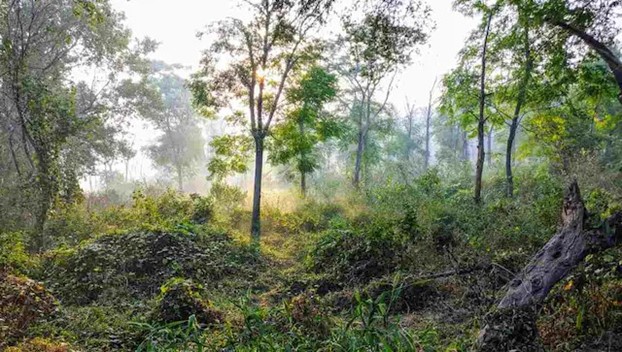
4. Pressure on Land
Imagine a 5-story residential structure that is being demolished for redevelopment; it is evident that it will not be rebuilt as a 5-story. As a result, when it is rebuilt, it will almost certainly be a 20 to 25-story structure. That is, the support necessary to keep a 5-story structure below will be 200% greater than the new one. This will put extra strain on and beneath the land. Not to mention that when it becomes acquainted with the residents, it will exert even more tremendous pressure. The capacity of the earth is significantly tempered here, which is why these freshly constructed structures may easily tumble down in the event of a calamity.
5. Materials
Concrete, PVC, cement adhesive, and other raw materials are required for the construction of a complex. Concrete contributes 4.8% of global carbon emissions and consumes at least 10% of industrial water. It is also a contributor to the heat island effect.(The heat island effect refers to greater air and structure temperatures in metropolitan regions as contrasted to lower temperatures in more rural places. With fewer trees in cities and large populations, solar radiation is more easily absorbed by man-made buildings, resulting in greater urban area temperatures.) When polyvinyl chloride, or PVC, is used in construction, it exposes individuals and the environment to harmful compounds that can lead to cancer.
Building materials typically go through five stages: mining, production, construction, usage, and eventually destruction. The initial two stages of the process cause the most environmental damage. Mining not only destroys the land but also renders it unusable for future usage. Production of these results in the usage of industries, which contributes to industrial waste, which causes contamination of the air, water, sound, and soil. The destruction stage is now becoming more impactful because we in India are facing waste disposal problems.
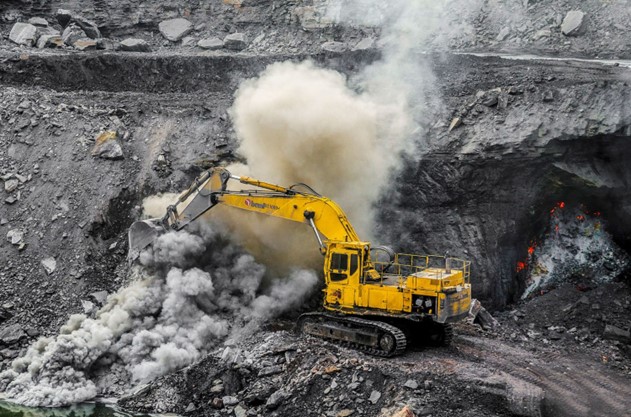
How does it impact Humans?
Cancer, water pollution, soil deformation, and other serious difficulties are being caused by the reconstruction. But there are these little health issues that practically everyone in a place like Mumbai faces. These are rarely often discussed yet have a long-term influence on us. Increased hair loss, acne-prone skin, and excessive tanning are some of the health concerns I’ve personally dealt with. When I discussed it with my friends, I learned it wasn’t just me. Some of them are also experiencing menstrual cycle disruptions as a result of extreme weather conditions.
After doing a brief verbal survey in my neighborhood and among my friends, I discovered that everyone from a little pre-teen girl to a lady in her early thirties is dealing with a similar problem.
Slowly yet steadily the construction industry is trying to incorporate green methods for making a building. The road is not even covered halfway in India.
Written by Saumya Shah
